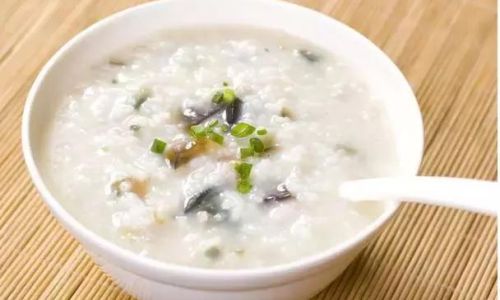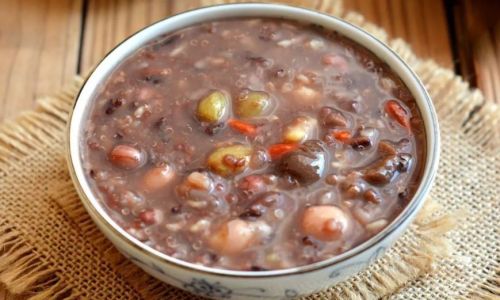Introduction
White-cooked pork, a staple in Chinese cuisine, is a testament to the beauty of simplicity. This dish, known for its tender texture and clean, savory flavor, requires minimal ingredients but demands precision in technique. Often served during family gatherings or festive occasions, it embodies the philosophy of allowing natural ingredients to shine. While the method seems straightforward—simmering pork in water—mastering it requires attention to detail, from selecting the right cut to controlling the cooking temperature. This article delves into the secrets of crafting impeccable white-cooked pork, ensuring each bite melts in your mouth and leaves a lasting impression.

Selecting the Right Cut of Pork
The foundation of exceptional white-cooked pork lies in choosing the optimal cut. Pork belly, with its balanced fat-to-lean ratio, is a traditional favorite. Its layers of marbling keep the meat moist during slow cooking, while the lean sections absorb subtle flavors. Alternatively, pork shoulder (also called pork butt) offers a robust texture and deep flavor, making it a suitable substitute. Avoid lean cuts like tenderloin, as they risk becoming dry and tough when simmered. When purchasing, opt for fresh, pinkish-red meat with a slight marbling pattern—a sign of quality and freshness.
Essential Ingredients and Their Roles
The beauty of white-cooked pork is its minimalist approach. Beyond the pork, only a handful of ingredients are needed:
- Ginger: Sliced or smashed, ginger imparts a mild, aromatic warmth while neutralizing any gamey notes in the meat.
- Scallions: Whole spring onions, tied into knots, add a fresh, grassy fragrance without overpowering the dish.
- Cooking Wine (Optional): A splash of Shaoxing wine or dry sherry enhances depth, though it can be omitted for a purer taste.
- Salt: Added judiciously at the end to season the broth and meat.
Avoid strong spices like star anise or cinnamon, as they clash with the dish’s delicate profile. The goal is to elevate, not mask, the pork’s inherent sweetness.
Step-by-Step Cooking Process
-
Preparation:
- Rinse the pork under cold water to remove surface impurities.
- Fill a large pot with enough water to submerge the meat completely (approximately 2–3 quarts per pound of pork).
-
Blanching:
- Bring the water to a rolling boil. Carefully lower the pork into the pot and blanch for 2–3 minutes. This step tightens the meat’s surface, sealing in juices and removing excess scum.
- Drain the pork and rinse the pot to eliminate residual impurities.
-
Simmering:
- Return the pork to the clean pot. Add fresh water, ginger, scallions, and cooking wine (if using).
- Bring the liquid to a gentle simmer over medium-low heat. Skim off any foam that rises to the surface—this ensures a crystal-clear broth.
- Reduce the heat to low, maintaining a barely perceptible bubble. Cover partially and simmer for 1.5–2 hours, depending on the cut’s thickness. Pork belly may require less time, while shoulder benefits from longer cooking.
-
Resting:
Once tender (a knife should pierce the meat with minimal resistance), transfer the pork to a plate. Let it rest for 15–20 minutes before slicing. This allows the juices to redistribute, preventing dryness.

Mastering the Cooking Technique
The key to flawless white-cooked pork is temperature control. Aggressive boiling toughens the meat and clouds the broth, while too-low heat fails to render fat properly. Aim for a “shivering” simmer—tiny bubbles rising lazily to the surface. Additionally, resist the urge to add salt during cooking, as it draws moisture from the meat and tightens its texture. Season only after slicing, when the pork is ready to serve.
Crafting the Perfect Dipping Sauce
While the pork itself is mild, a vibrant dipping sauce elevates each bite. A classic combination includes:
- Soy Sauce: Provides umami richness.
- Black Vinegar: Adds a tangy counterpoint.
- Minced Garlic: Offers a pungent kick.
- Chili Oil: For those who crave heat (optional).
- Fresh Cilantro: Garnishes with a burst of freshness.
Whisk the ingredients together, adjusting ratios to taste. For a Sichuan-inspired twist, add a pinch of Sichuan peppercorn powder for a numbing, tingly sensation.
Serving and Pairing Suggestions
White-cooked pork shines when paired with contrasting textures and flavors:
- Crisp Vegetables: Serve alongside blanched bok choy or shredded cucumber for a refreshing crunch.
- Sticky Rice: The meat’s succulence complements glutinous rice’s chewiness.
- Noodles: Toss cold slices with thin wheat noodles and a drizzle of sesame oil for a light meal.
- Broth Utilization: Strain and sip the cooking liquid as a comforting soup, or use it as a base for ramen.
Regional Variations and Cultural Significance
Across China, white-cooked pork adapts to local tastes. In Guangdong province, chefs emphasize the meat’s purity, serving it with a simple soy-vinegar dip. Sichuan cooks incorporate chili oil and crushed peanuts, while Shanghai kitchens might add a touch of sugar to the broth. Regardless of region, the dish symbolizes prosperity and is a centerpiece at Lunar New Year feasts, where its white hue represents purity and good fortune.
Health Benefits and Dietary Adaptations
White-cooked pork is a surprisingly wholesome option when prepared correctly. The slow-cooking method melts away excess fat, leaving tender, flavorful meat. For a lighter version, opt for pork loin and trim visible fat. Vegetarians can mimic the dish using tofu or king oyster mushrooms, simmered in the same aromatic broth.
Troubleshooting Common Issues
- Tough Meat: Overcooking or using a lean cut. Stick to pork belly/shoulder and monitor simmering time.
- Cloudy Broth: Boiling too vigorously. Maintain a gentle simmer and skim frequently.
- Bland Flavor: Underseasoning the dipping sauce or broth. Taste and adjust salt and acidity post-cooking.
Conclusion
White-cooked pork is a celebration of culinary restraint—a dish where technique triumphs over complexity. By honoring the ingredients and mastering the simmer, even novice cooks can achieve restaurant-quality results. Whether served at a banquet or a weeknight dinner, its tender slices and comforting broth remind us that sometimes, less truly is more. So, the next time you crave a taste of tradition, embrace the simplicity of white-cooked pork—a humble masterpiece that nourishes both body and soul.






0 comments